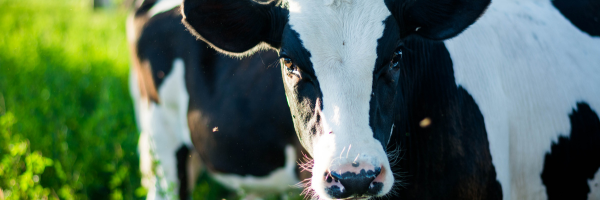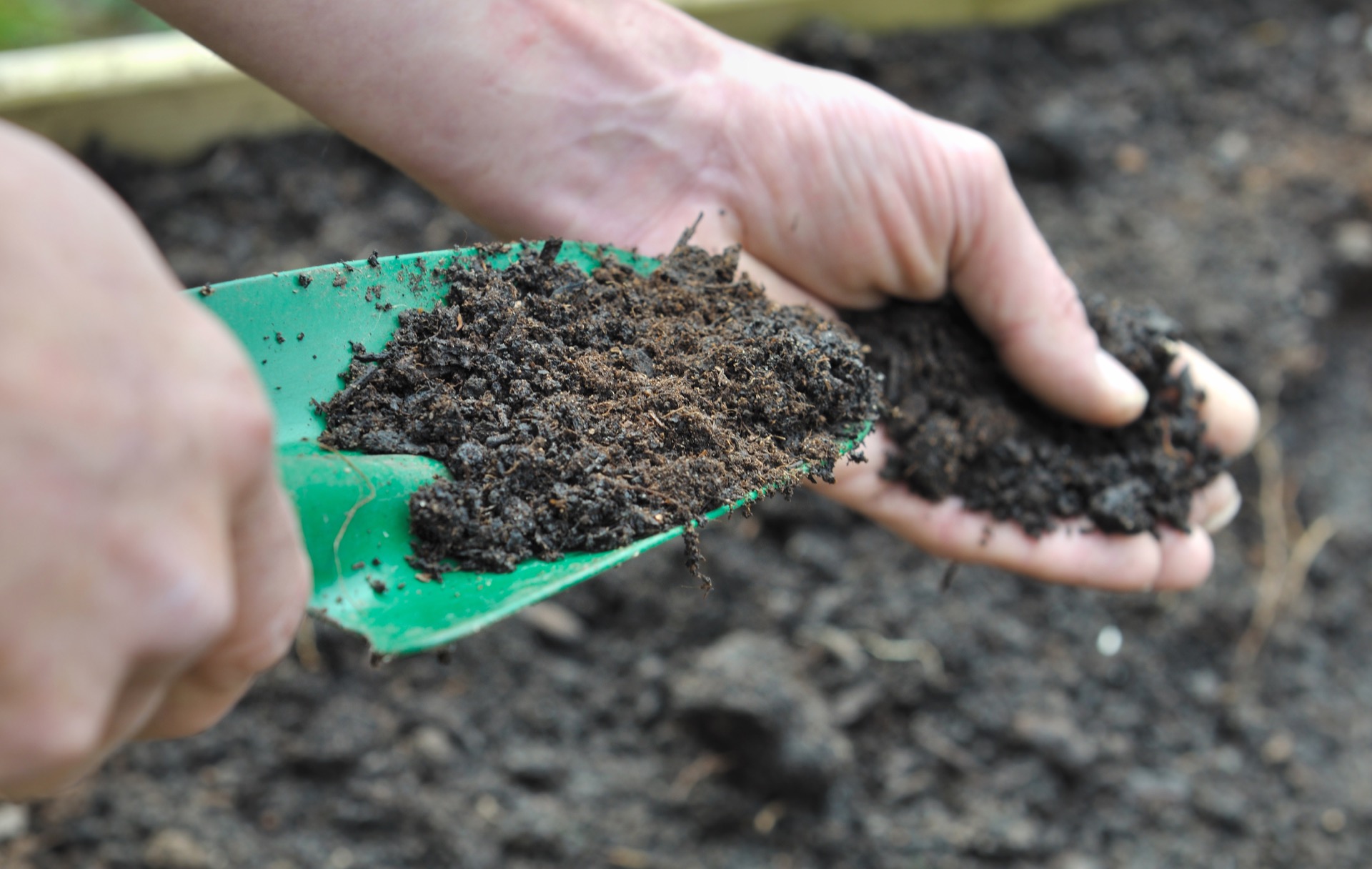
18 Aug Opti-Gut research: increasing nutrient uptake & reducing methane emissions
With around 15% of the world’s total greenhouse gas emissions coming from livestock, there’s no doubt this is a huge problem. In Australia, emissions from ruminant livestock production are close to 10% of the entire country’s emissions. 1
While many farmers are concerned about reducing methane emissions for environmental reasons, the wastage of valuable on-farm resources is also of real concern.
Animal production systems waste 6% to 10% of gross energy intake as methane.2
This means the energy lost equals 55 to 60 days of grazing intake for ewes and steers and around 40 days for dairy cows. Meaning that more feed is needed to account for the energy lost in methane.
The challenge for growers is to reduce livestock methane emissions while maintaining their productivity and efficiency, without blowing out their costs.
What were we researching?
Biolink aims to help growers make the most of available feed and reduce nutrient waste at a lower cost. At the same time, we want to facilitate increased and sustainable productivity and support animal and environmental health. We were keen to see if we could help farmers tackle methane emissions using Opti-Gut, our microbial-based probiotic supplement for animals.
In accordance with industry best practice, we decided to organise an independent laboratory to test if Opti-Gut could make a difference. The aim of these experiments was to see:
- If Opti-Gut reduced the generation of methane
- Whether different doses of Opti-Gut made a difference
How was the research conducted?
We enlisted independent researcher Emily Scholes, Microbiologist and CEO of EnviroMicroBio, to conduct the methane trial in her organisation’s laboratory at Newborough, Victoria.
- The experiments used an anaerobic digester and followed well-accepted methods used in previous tests. 3 4
- The first test was based on a standardised diet of 5kg of grain per cow and 12kg of clover hay per cow per day. The standard dose of accompanying Opti-Gut was 30g/cow/day.
- Increasing weights of Opti-Gut were also used to see the effect of 45 and 60 grams/cow/day.
- The standard feed mixture consisted of grain (29%w/w) and clover straw (71%w/w). The clover straw was manually cut up to achieve a relatively compact and homogeneous product where individual grass blades were no more than 2cm long.
- Due to the very small mass of Opti-Gut required, the pellets were ground into a powder form using a mortar and pestle.

Grain, chopped up Clover Straw and Opti-Gut (whole and powdered for the experiment)
- The test used rumen fluid collected directly from a cow upon its on-farm slaughter. (Rumen fluid is the digestive fluid found in the stomachs of ruminant livestock, including cattle and sheep.)
- The methane produced was measured every hour over a 48-hour period.
What were the results?
Trial #1
- Adding Opti-Gut at the recommended dose (30g/day/cow) reduced methane production.
- The volumes of methane produced were 37% less at 12 hours, 26% less at 24 hours, and 22% less at 48 hours.
- There appeared to be no statistically significant difference caused by adding different quantities of Opti-Gut to an animal’s feed.
- At the same time, the trial showed an increase in yield per amount of food.

Trial #2
This second study aimed to:
- Confirm methane reductions in the Opti-Gut-dosed batches.
- Establish if feed solids were degraded more when Opti-Gut was present.
- Examine chemical changes (VFA’s, salts, nutrients) over the 24 hours of the experiment.
- Understand the role of any microbial differences in any potential methane reduction.
The findings:
The presence of Opti-Gut significantly reduced methane production overall.
- At the 3-hour point 10.2ml (feed) vs 6.5ml (Opti-Gut) which is 65.6% less.
- At the 6-hour point 24.1ml (feed) vs 12.6ml (Opti-Gut) which is 47.8% less.
- At the 9-hour point 39.2ml (feed) vs 25.6ml (Opti-Gut) which is 34.8% less.
- » At the 12-hour point 49.4ml (feed) vs 26.9ml (Opti-Gut) which is 45.6% less.
- At the 24-hour point 68.4ml (feed) vs 52.5ml (Opti-Gut) which is 23.2% less.
This data confirms that the bulk of the effect of Opti-Gut is at the start of the incubation, which heavily implicates the additives (humic and fulvic acids and zeolite).
What does this mean for farmers?
While further testing is recommended, it looks like Opti-Gut significantly affects nutrient uptake and methane emissions.
- When supplemented with Opti-Gut, a greater proportion of the feedstock is converted into nutrition.
- In other words, less feed is needed to support an animal’s growth and overall health, leading to lower feed costs and increased production.
Send us an email for a copy of the full report on our recent trials and research
- CSIRO Futurefeed https://www.csiro.au/en/research/animals/livestock/futurefeed
- Agriculture Australia website
- A. Navarro-Villa, M. O’Brien, S. López, T.M. Boland, P. O’Kiely (2011) Modifications of a gas production technique for assessing in vitro rumen methane production from feedstuffs, Animal Feed Science and Technology, vol 166–167, p 163-174.
- Scholes, E. (2022) Evaluation of in vitro rumen gas production with and without Opti-Gut using a Bioprocess Control AMPTS2 BMP system.



